Natural Numbers, Integers, Rational Numbers Worksheet With Answers - Mathematics Secondary Course Page 14
ADVERTISEMENT
MODULE -
1
Number Systems
Algebra
p
r
(b) Consider the two rational numbers
and
.
q
s
+
p
ps
rq
ps
rq
Notes
r
+
=
+
=
q
qs
sq
qs
s
For example,
×
+
×
+
3
2
3
3
4
2
9
8
17
+
=
=
=
(i)
×
4
3
4
3
12
12
−
×
+
×
−
4
7
4
8
5
7
35
32
3
−
+
=
=
=
(ii)
×
5
8
5
8
40
40
From the above two cases, we generalise the following rule:
(a) The addition of two rational numbers with common denominator is the rational number
with common denominator and numerator as the sum of the numerators of the two
rational numbers.
(b) The sum of two rational numbers with different denominators is a rational number with
the denominator equal to the product of the denominators of two rational numbers and
the numerator equal to sum of the product of the numerator of first rational number
with the denominator of second and the product of numerator of second rational
number and the denominator of the first rational number.
Let us take sone examples:
Example 1.8:
Add the following rational numbers:
−
−
2
6
4
3
5
3
−
(i)
and
(ii)
and
(iii)
and
7
7
17
17
11
11
+
2
6
2
6
8
+
=
=
Solution:
(i)
7
7
7
7
2
6
8
∴
+
=
7
7
7
( )
( )
−
+
−
−
4
3
4
3
4
3
1
+
=
=
=
(ii)
17
17
17
17
17
( )
−
4
3
1
∴
+
=
17
17
17
16
Mathematics Secondary Course
ADVERTISEMENT
0 votes
Related Articles
Related forms
Related Categories
Parent category: Education
 1
1 2
2 3
3 4
4 5
5 6
6 7
7 8
8 9
9 10
10 11
11 12
12 13
13 14
14 15
15 16
16 17
17 18
18 19
19 20
20 21
21 22
22 23
23 24
24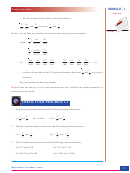 25
25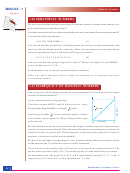 26
26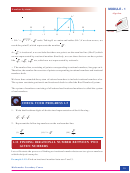 27
27 28
28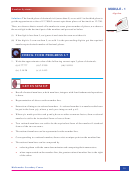 29
29 30
30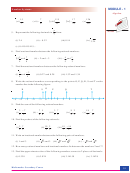 31
31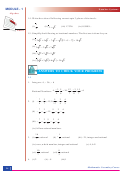 32
32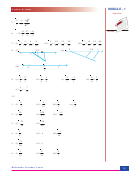 33
33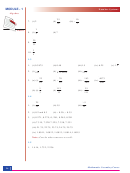 34
34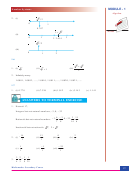 35
35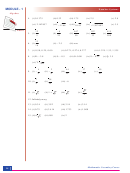 36
36








